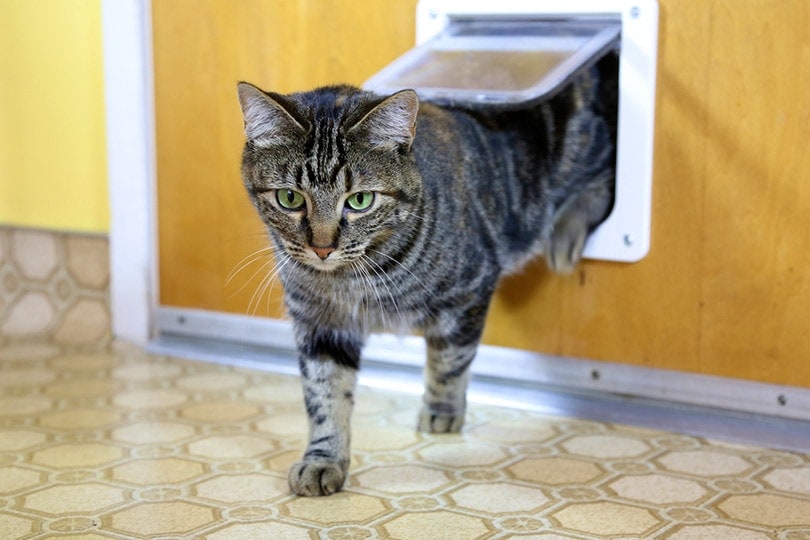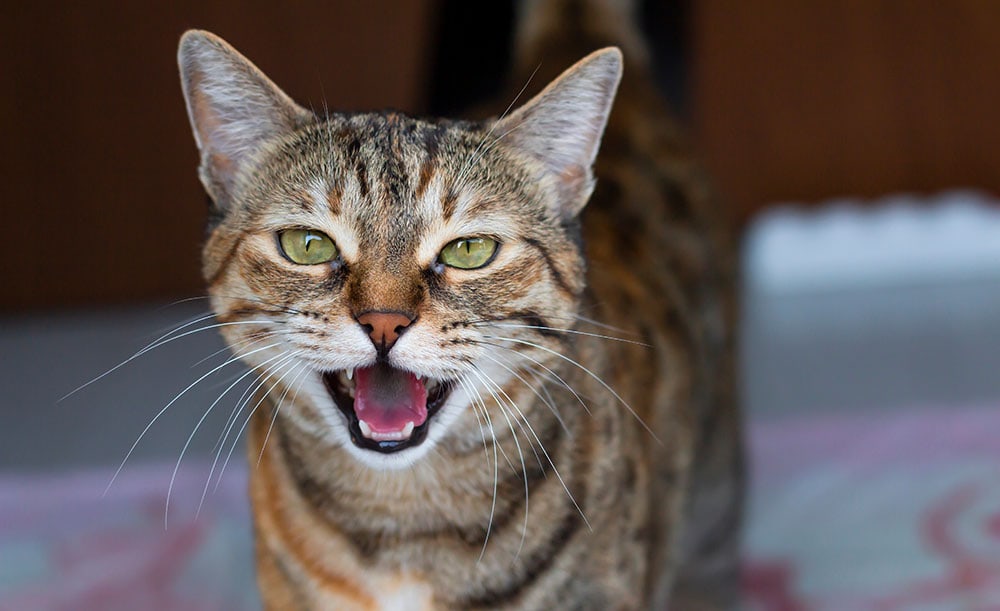Is A Tortoiseshell Cat Hypoallergenic? What You Need to Know!
By Brooke Bundy
Updated on
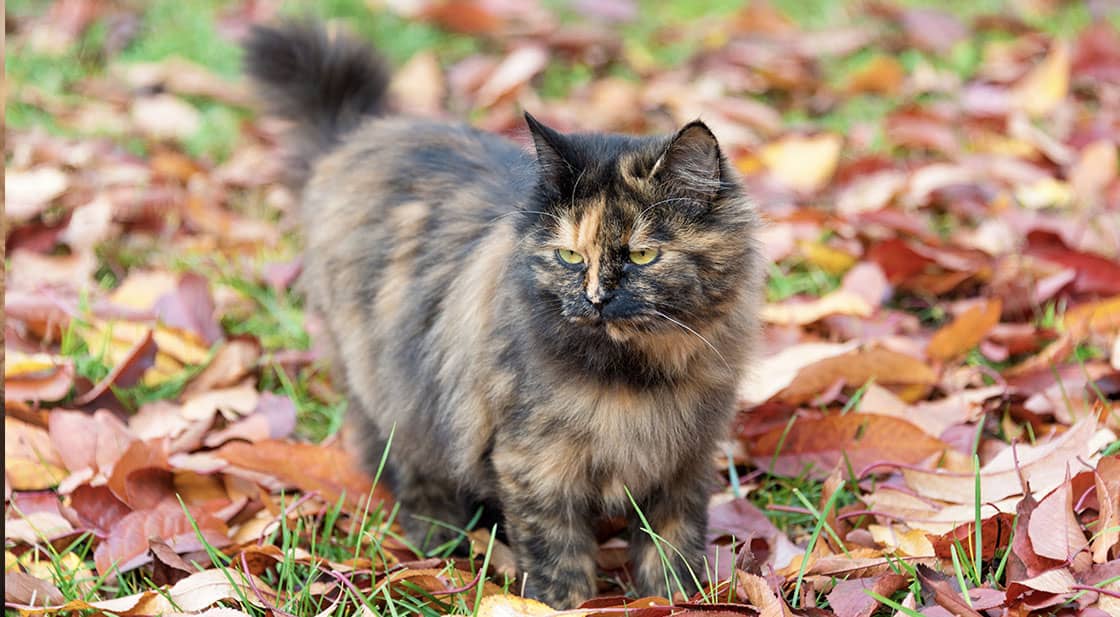
A tortoiseshell isn’t a cat breed. Instead, it’s a black, red or orange, and brown coat pattern that resembles peanut butter chocolate fudge. It can be brindled or patched, and not all possible colors may be present. Many different cat breeds may feature the tortoiseshell pattern, but most tortoiseshell cats are female. In fact, less than 0.5% of tortoiseshell cats are males. If you find one, they’re typically sterile and have a host of other health problems, even though some cultures consider them to be signs of good luck. Unfortunately, the tortoiseshell isn’t hypoallergenic since it’s merely a color pattern instead of a breed. What’s more, the entire concept of a hypoallergenic cat is a bit of a myth in itself.
Why Is the Tortoiseshell Cat Not Hypoallergenic?
Although cats carry eight proteins that have the potential to trigger an allergic response in humans, a single protein found in their dander and saliva is the main culprit. Fel d1 spreads to humans through contact with a cat’s saliva and dander. We are exposed to this protein every time we pet our cats or touch their fur.
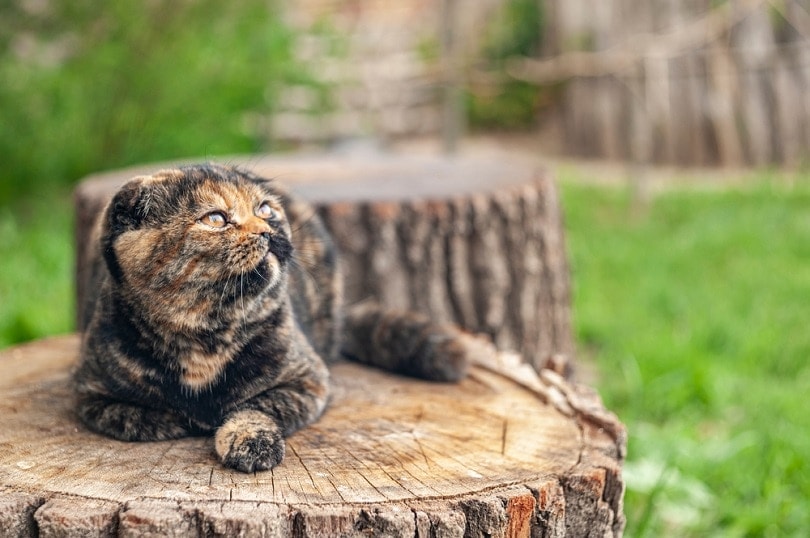
Since felines groom themselves frequently throughout the day, it is possibly true that high-shedding, long haired cats pose more of an allergy risk than short haired cats because there’s more loose fur to tickle your nose and stick to your clothes. The Siberian cat is an exception to the rule. Even though they’re long-haired cats, they produce less Fel d1 than most breeds, which makes them a better choice for pet owners with allergies.
However, the idea that there is such a thing as a completely hypoallergenic cat is advertising nonsense with no scientific validation. Every feline has the Fel d1 protein. Thus, all cats may cause an allergic reaction in people with cat sensitivities.
Signs of an allergic reaction include:
- Sneezing
- Runny nose
- Itchy skin
- Asthma attacks in individuals with a history of asthma
On rare occasions, it is possible for a person to have such a severe allergic reaction that they go into shock. However, most times, cat allergies only present uncomfortable cold-like symptoms, similar to other environmental allergies such as dust mites and grass.
How to Treat Cat Allergies
If you suspect a cat allergy, you can undergo allergy testing to confirm. Thus far, over-the-counter antihistamines and immunotherapy allergy injections are the only known ways to combat cat allergies, besides avoiding cats altogether. It’s also important to keep a tidy house so that the dander and fur don’t accumulate and cause a flare-up. Vacuuming with a HEPA filter and washing all bedding in hot water at least once a week may help, as well as investing in an air purifier.
Some individuals claim that their cat allergies went away on their own within a couple of weeks of constant exposure, but unfortunately, these are anecdotal tales that don’t always repeat. Chronically exposing yourself to an allergen might remedy the situation, but it can also cause your body to become overwhelmed, which might result in a sinus infection or worsening health.
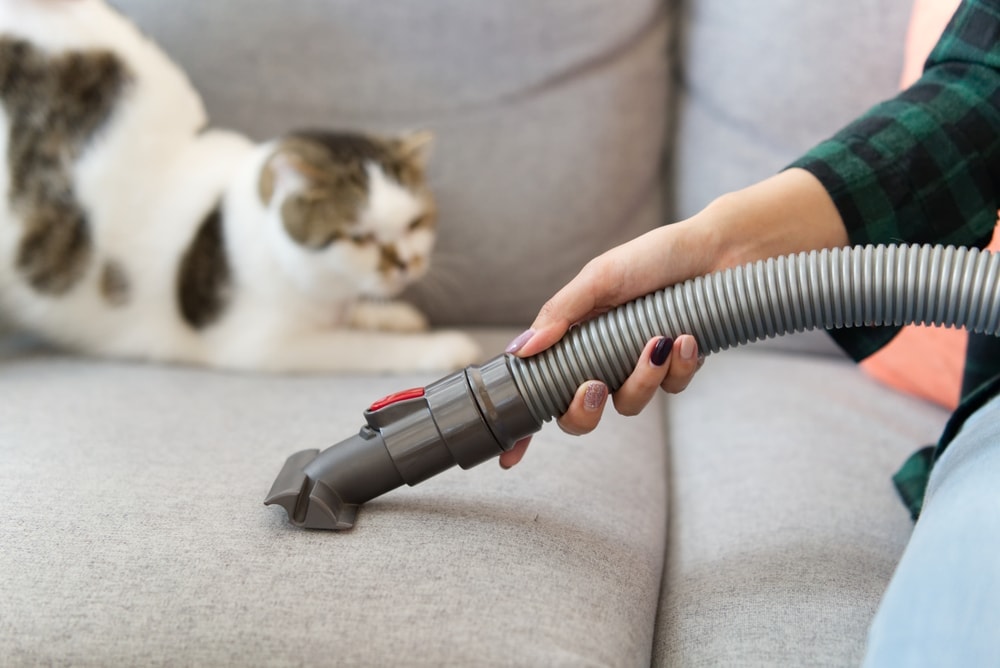
Is a Tortoiseshell Cat the Right Cat for You?
Some cat breeds with a tortoiseshell pattern are considered “hypoallergenic” because they don’t shed as much. If you experience more severe allergic reactions, a cat probably isn’t the best pet for you since all felines have Fel d1 in their dander and saliva.
Some potential breeds may produce less of the Fel d1 protein/dander, and therefore be better options for people with only mild allergies still looking for a cat:
If you’re considering adopting a cat, examine your options and ask yourself honestly how far you’re willing to go to keep your cat. Are you willing to take over-the-counter antihistamines on the regular? Allergy shots? What happens if the symptoms don’t subside? You definitely don’t want to be forced to surrender your pet, especially after you’ve already become attached. It’s important to try to make sure you can commit before you adopt by assessing your situation and spending as much time with cats as possible to figure out if you can handle your own with one in your home.
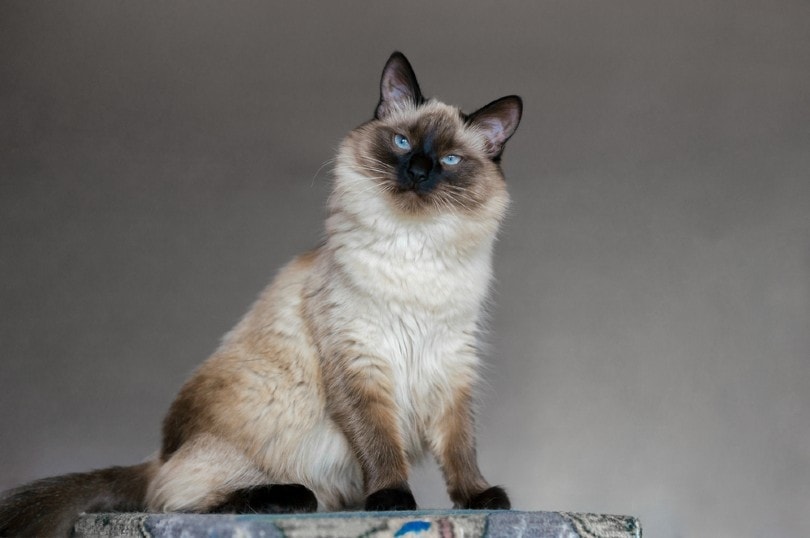
Conclusion
The beautiful tortoiseshell pattern is common in females from several different cat breeds. The Siberian, Balinese, Cornish Rex, and Domestic Shorthair produce or transmit less of the Fel d1 protein responsible for cat allergies than other breeds with the tortoiseshell pattern. This trait makes them more suitable for people with only mild allergies. However, there isn’t such a thing as a completely hypoallergenic cat.
If you have mild cat allergies, you might try to spend time with cats and see how you respond to various treatments to judge whether adopting a tortoiseshell cat of your own would work for you. Some pet parents attest that their allergies went away after a period of time with their cat, but this isn’t guaranteed, and doing so may pose health risks such as sinus infections if you’re chronically exposed while displaying constant allergy symptoms.
See also:
- Are There Any Male Tortoiseshell Cats? The Surprising Answer!
- Are Cornish Rex Cats Hypoallergenic? Vet Approved Facts & Tips
Featured Image Credit: IMG Stock Studio, Shutterstock


